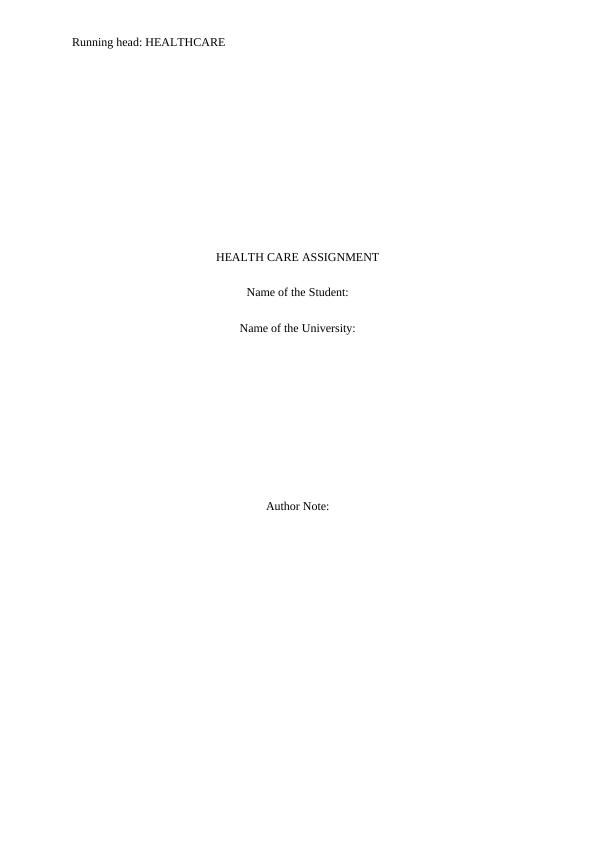Negative Impact of Social Media on Mental Health
Create a well-referenced, academically-informed blog post on a health topic or issue for social work practice.
6 Pages1142 Words34 Views
Added on 2023-01-16
About This Document
This article discusses the negative impact of social media on mental health, including increased rates of depression, anxiety, and suicide. It explores the role of social media in promoting unrealistic beauty standards, cyberbullying, and addiction. The article also highlights the importance of mental health interventions and wellness resources.
Negative Impact of Social Media on Mental Health
Create a well-referenced, academically-informed blog post on a health topic or issue for social work practice.
Added on 2023-01-16
ShareRelated Documents
End of preview
Want to access all the pages? Upload your documents or become a member.
Anxiety and Depression connected to use of Social Media in the 21st Century High-School and College Student Population
|17
|3150
|231
Anxiety and Depression connected to use of Social Media in the 21st Century High-School and College Student Population
|16
|2590
|320
Assignment - Health and Social Care
|15
|4008
|14
Impact of Social Media on Mental Health of University Students
|9
|3518
|86
Safeguarding: Case Studies of Victoria Climbie and Daniel Pelka
|12
|3049
|489



